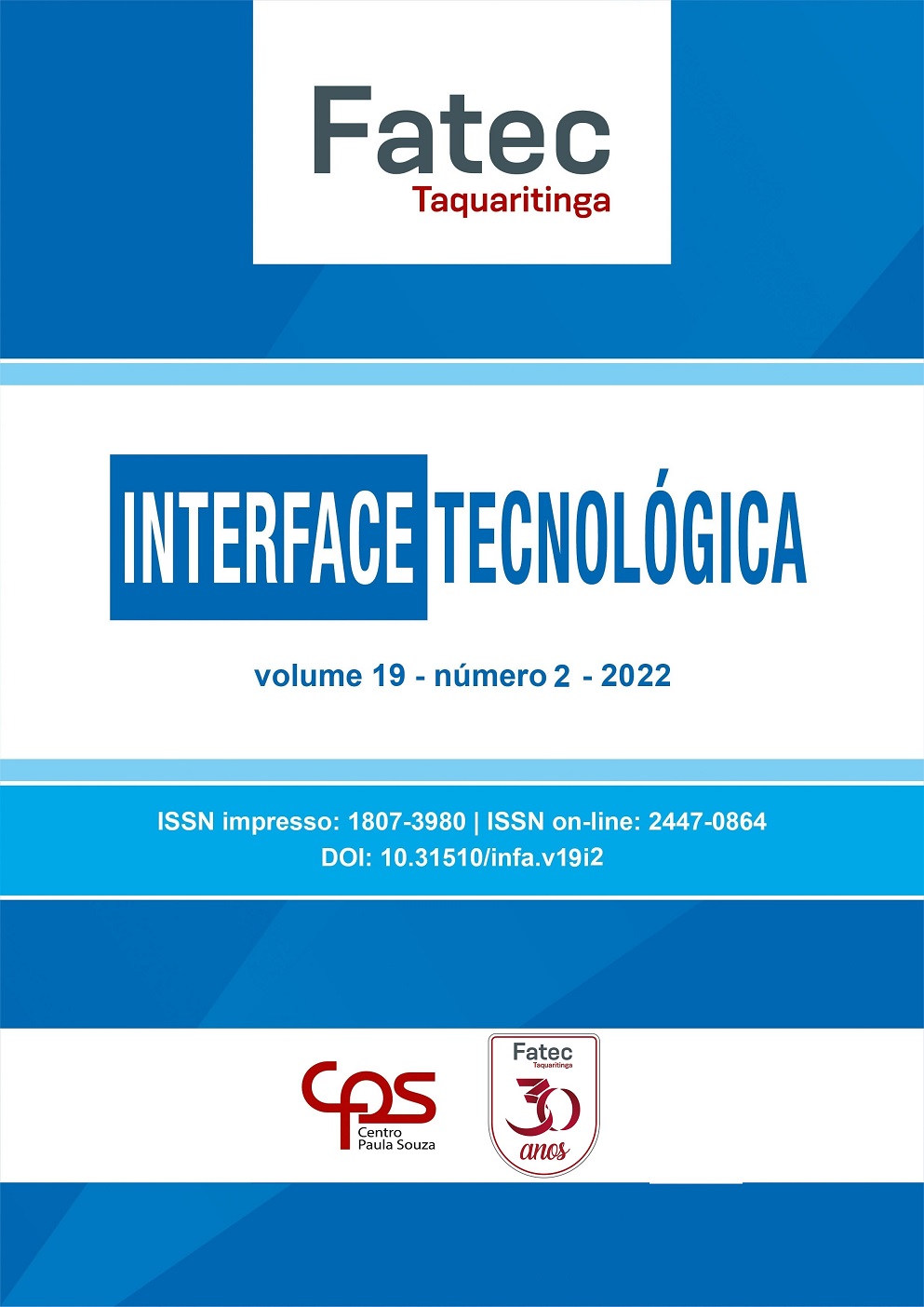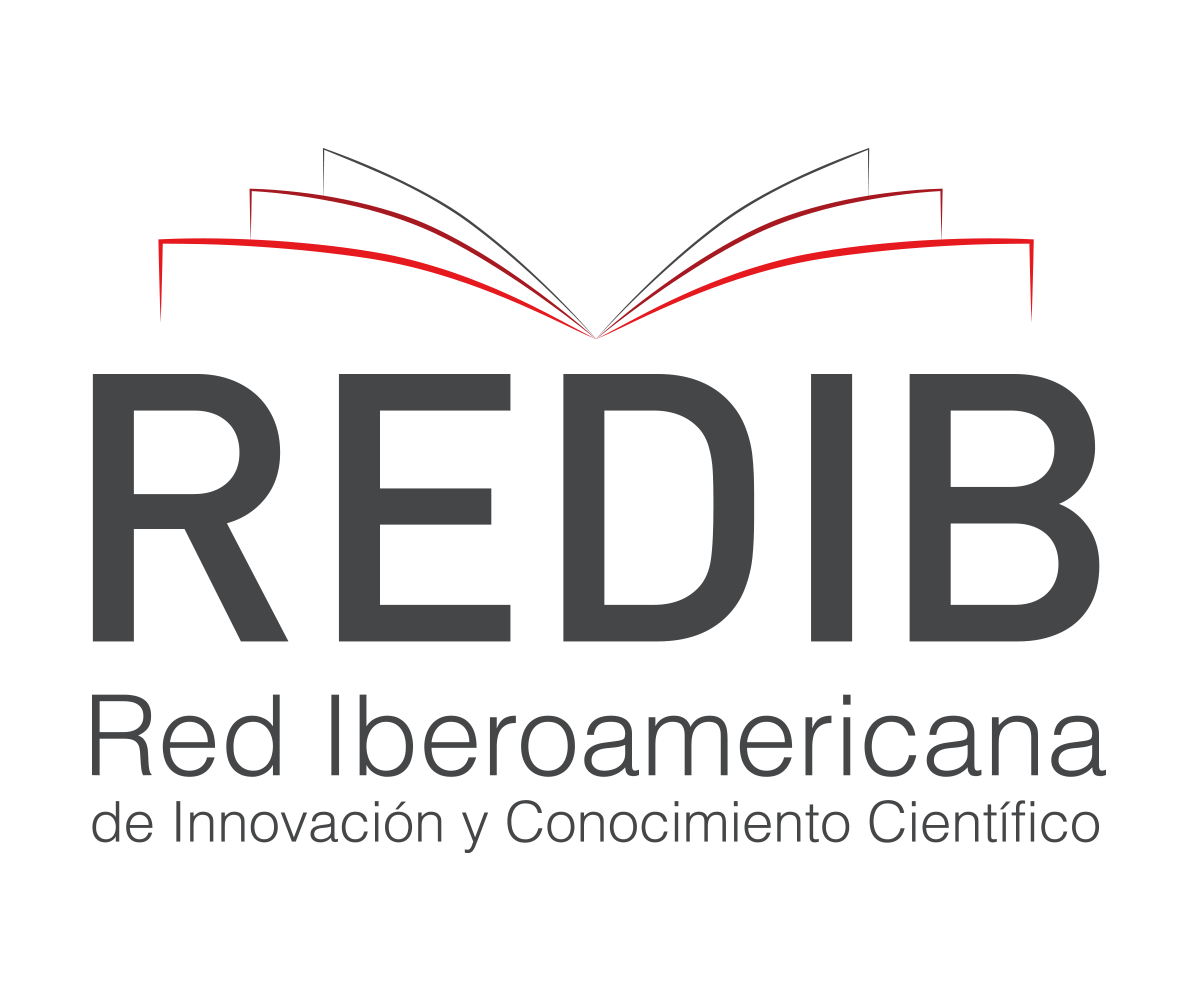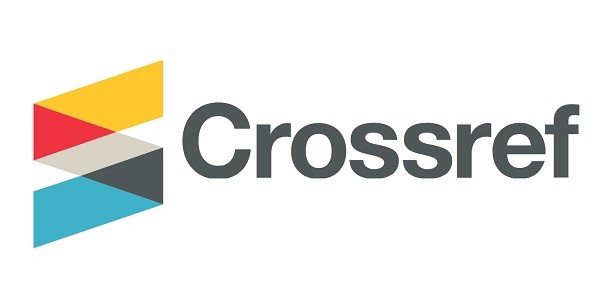BREEDING AND MANAGEMENT OF THE COTURNIX JAPONIC QUAIL
DOI:
https://doi.org/10.31510/infa.v19i2.1483Keywords:
Japonica Quail, Japonica Coturnix, Investment, ProfitabilityAbstract
The Japanese Quail is a bird originating in northern Asia and belongs to the subfamily of chickens, it is one of the most precocious and productive species, starting laying around 40 days old and having an average production of 300 eggs in its first year of life. Coturniculture is considered a new economic sector that is constantly expanding, presenting itself as an economic alternative for small and large rural producers. The type of research used was bibliographical, and the main objective of this study was to elaborate a document that brought guidelines for the creation of quails destined for production, demonstrating the financial viability for future investments and profitability in this type of business. The justification for quail farming is the great advantages due to its high sexual precocity, guaranteeing a quick return. Thus, the results obtained were satisfactory, considering all the corollary, it proved to be economically viable, being able to promote income to the producers in the promotion of the activity, being it as a main or secondary activity.
A theme selected with the intention of exposing a subject that is still not well known by citizens due to the lack of materials and in-depth analysis, due to the fact that quails are still, even after years, considered an exotic type of bird for consumption. Over time, the entities involved with quails based on current and future studies will end up being more accessible, simply because of the easy handling and great economic viability provided by the correct management of the business and market growth.
ns due to the lack of materials and in-depth analysis, due to the fact that quails are still, even after years, considered an exotic type of bird for consumption. Over time, the entities involved with quails based on current and future studies will end up being more accessible, simply because of the easy handling and great economic viability provided by the correct management of the business and market growth.
Downloads
Metrics
References
BRASIL. Decreto nº 9.013, de 29 de março 2017. Diário Oficial da União, Brasília, DF, 30 mar. 2017a. p. 3.
BRASIL. Ministério da Agricultura, Pecuária e Abastecimento. Exportações do agronegócio crescem quase 37% em fevereiro: vendas somam US$ 6,71 bi. Carne bovina, soja, açúcar e álcool, cereais e produtos florestais puxaram embarques. 2017. Disponível em: http://www.agricultura.gov.br/comunicacao/noticias/2016/03/exportacoes-do-agronegocio-crescem-quase-37porcento-em-fevereiro >. Acesso em: 01.abr.2022.
BRASIL. Portaria nº 193, de 19 de setembro de 1994. Diário Oficial da União. Brasília, DF, 22 de set. 1994, Seção I. p. 4.
CARMO, A. K. S. Sua criação de codornas de forma prática. 2015. Encontrado em: < https://www.almanaquedocampo.com.br/imagens/files/Criar%20codornas.pdf>. Acesso em: 20 de mai. 2022.
COSTA, P.C.; RODRIGUES, P.R.; GURGEL, M.P.L. et al. ABATE CLANDESTINO – RISCOS E CONSEQUÊNCIAS. In: X SECOMV. UFES, Alegre, Espírito Santo, 2011.
ENGLERT, S. Produção de frangos de corte. In: Englert S. Avicultura: tudo sobre raças, manejo e alimentação. 7Ş ed. Guaíba: Agropecuária, 1998; p. 94-151.
FURTADO, D. A.; MOTA, J. K. M.; NASCIMENTO, J. W. B.; SILVA, V.R.; TOTA, L. C. A. Produção de ovos de matrizes pesadas sob estresse térmico. Revista Brasileira de Engenharia Agrícola e Ambiental, v.15, p.748-753. 2011. DOI: https://doi.org/10.1590/S1415-43662011000700014
GIL, Antonio C. Métodos e técnicas de pesquisa social. São Paulo: Atlas, 1991.
GUIMARÃES, M. C. DA C. et al. 2014. Efeito da estação do ano sobre o desempenho produtivo de codornas no seminário paraibano. Construções rurais e ambiência. Rev. Bras. Eng. Agríc. Ambient. 18. disponível em: <https://www.scielo.br/j/rbeaa/a/PYNpJ8n8QhFd3W6X5yHBXBS/?lang=pt>. Acesso em: 20 de mai. 2022.
INSTITUTO BRASILEIRO DE GEOGRARIA E ESTATÍSTICA – IGBE. Produção da Pecuária Municipal. 2019.Disponível em:< https://biblioteca.ibge.gov.br/visualizacao/periodicos/84/ppm_2019_v47_br_informativo.pdf>Acesso em: 19.set.2022.
INSTITUTO BRASILEIRO DE GEOGRAFIA E ESTATÍSTICA – IBGE. Sistema IBGE de recuperação automática. SIDRA – Banco de dados pecuária. 2013.Acesso em: 22.mar.2022.
LEE, R. J.; COLE, S. R. Internal quality control for water bacteriology. Journal of Applied Bacteriology. 1993. Acesso em: 8 de abr.2022.
LIMA, H. J., et al. Densidade inicial de alojamento de codornas japonesas na fase de postura. Global science and technology, v.5, n. 2, p. 186 - 193. 2012.
LOPES-DA-SILVA, M.; SANCHES, M.M.; STANCIOLI, A.R.; ALVES, G.; SUGAYAMA, R. The role of natural and human mediated pathways for invasive agricultural pests: a historical analysis of cases from Brazil. Agricultural Sciences, v.5, p.634-646, 2014. DOI: https://doi.org/10.4236/as.2014.57067
MACARI, M. Importância da qualidade da água e tipos de bebedouros para frangos de corte. In: Manejo de Frangos de Corte. Curso, Campinas. Anais. Campinas: Fundação Apinco de Ciência e Tecnologia Avícolas - Facta, 1997; p. 101-120.
MARQUEZ, D. Fundamentos básicos de incubação industrial. 2.ed. São Paulo: CASP, 1994. 22p.
MATOS, E.H.S.F. Dossiê técnico: criação de codornas. Brasília: CDT/UnB, 2007. 22p.
MINVIELLE, F.; OGUZ, Y. Effect of genetics and breeding on egg quality of Japanese quail. World´s Poultry Science Journal, v.58, p.291-295. 2002. DOI: https://doi.org/10.1079/WPS20020022
MURAKAMI, A.E.; ARIKI, J. Produção de codornas japonesas. Jaboticabal: Funep, 1998. 79p.
NASCIMENTO, F. P. Metodologia da Pesquisa Científica: teoria e prática – como elaborar TCC. Brasília: Thesaurus, 2016.
OLIVEIRA, B. L. Importância do manejo da produção de ovos de codornas. In: SIMPÓSIO INTERNACIONAL DE COTURNICULTURA, 2.; CONGRESSO BRASILEIRO COTURNICULTURA, 1., 2004, Lavras, Anais... Lavras: UFLA, 2004, p.91.
OLIVEIRA, R.F.M.; DONZELE, J.L.; ABREU, M.L.T.; FERREIRA, T.A.; VAZ, R.G.M.V.; CELLA, P.S. Efeitos da temperatura e da umidade relativa sobre o desempenho e o rendimento de cortes nobres de frangos de corte de 1 a 49 dias de idade. Revista Brasileira de Zootecnia, v.35, n.3, p.797-803, 2006. DOI: https://doi.org/10.1590/S1516-35982006000300023
PASTORE, S.M.; OLIVEIRA, W.P. DE; MUNIZ, J.C.L. Panorama da coturnicultura no Brasil. Revista eletrônica nutritime. vol.9, n.6, p.2041–2049, 2012.
PETROLLI, T.G.; MATEUS, K.; RODRIGUES, M. Criação de codornas: pequenas e lucrativas. SB Rural, 2p., 2011.
PINTO, R.; FERREIRA, A. S.; ALBINO, L. F. T.; GOMES, P. C.; VARGAS, J. G. J. Níveis de Proteína e Energia para Codornas japonesas em postura. Revista brasileira de zootecnia, v.31, n.4, p.1761-1770, 2002. DOI: https://doi.org/10.1590/S1516-35982002000700019
PIZZOLANTE, C. C. et al. Beak trimming methods and effects on the performance and egg quality of japanese quais (Coturnix japonica) during lay. Brazilian Journal of Poultry Science, Campinas, v 9, p.17-21, Jan/Mar. 2007. DOI: https://doi.org/10.1590/S1516-635X2007000100003
PIZZOLANTE, C. C. et al. Beak trimming methods and their effect on the performance of japanese quail pullets (Couturnix japonica). Brazilian Journal of Poultry Science, Campinas, v.8, n.4, p.213-216, Oct/Dec. 2006. DOI: https://doi.org/10.1590/S1516-635X2006000400002
REIS, L. F. S. D. Codornizes, criação e exploração. Lisboa: Agross, 10, 1980. 222p. Disponível em: < https://repositorio.ufu.br/bitstream/123456789/13120/1/SorgoGraoDesempenho.pdf> Acesso em: 18 de mar. 2022.
RIBEIRO, H.; JAIME, P.; VENTURA, D. Alimentação e sustentabilidade. Estudos Avançados, São Paulo, v. 31, n. 89, p. 185-198, 2017. DOI: https://doi.org/10.1590/s0103-40142017.31890016
SILVA, J.H.V.; COSTA, F.G.P. Tabela para codornas japonesas e européias. 2.ed. Jaboticabal, SP: FUNEP, 2009. 110p.
SILVA, J.H.V.; Jordão Filho, J.; Costa, F.G.P.; Lacerda, P.B. de; Vargas, D.G.V. Exigências nutricionais de codornas. In: XXI Congresso Brasileiro de Zootecnia- ZOOTEC, 21, 2011, Maceió. Anais... Maceió: UFAL, 2011.
SILVA, J.H.V.; SILVA M.B.; JORDÃO FILHO, J.; SILVA, E.L.; ANDRADE, I.S.; MELO, D.A.; RIBEIRO, M.L.G.; ROCHA, M.R.F.; COSTA, F.G.P.; DUTRA JUNIOR, W.M. Exigência de mantença e de ganho de proteína e de energia em codornas japonesas (Coturnix coturnix japonica) na fase de 1 a 12 dias de idade. Revista Brasileira de Zootecnia, v.33, n.5, p.1209-1219, 2004. DOI: https://doi.org/10.1590/S1516-35982004000500013
SLACK, N.; CHAMBERS, S.; JOHNSTON, R. Administração da produção. 3. ed. – São Paulo: Atlas, 2009.
SOLIMAN, F. N. K.; RIZK, R. E.; BRAKE, J. Relationship between shell porosity, shell thickness, egg weight loss, and embryonic development in Japanese quail eggs. Poultry Science, Champaign, v. 73, n.10, p.1607-1611, 1994. DOI: https://doi.org/10.3382/ps.0731607
UMIGI, R. T.; BARRETO, S. L. T.; REIS, R. S.; MESQUITA FILHO, R. M. ARAÚJO, M. S. Níveis de treonina digestível para codornas japonesas na fase de produção. Arquivo Brasileiro de Medicina Veterinária e Zootecnia, v.64, p.658-664, 2012. DOI: https://doi.org/10.1590/S0102-09352012000300018
Downloads
Published
How to Cite
Issue
Section
License
Copyright (c) 2023 Revista Interface Tecnológica

This work is licensed under a Creative Commons Attribution 4.0 International License.
Os direitos autorais dos artigos publicados pertencem à revista Interface Tecnológica e seguem o padrão Creative Commons (CC BY 4.0), que permite o remixe, adaptação e criação de obras derivadas do original, mesmo para fins comerciais. As novas obras devem conter menção ao(s) autor(es) nos créditos.
- Abstract 1071
- PDF (Português (Brasil)) 1087












.jpg)




1.png)
1.png)